Revolutionary idea to store green power for the grid
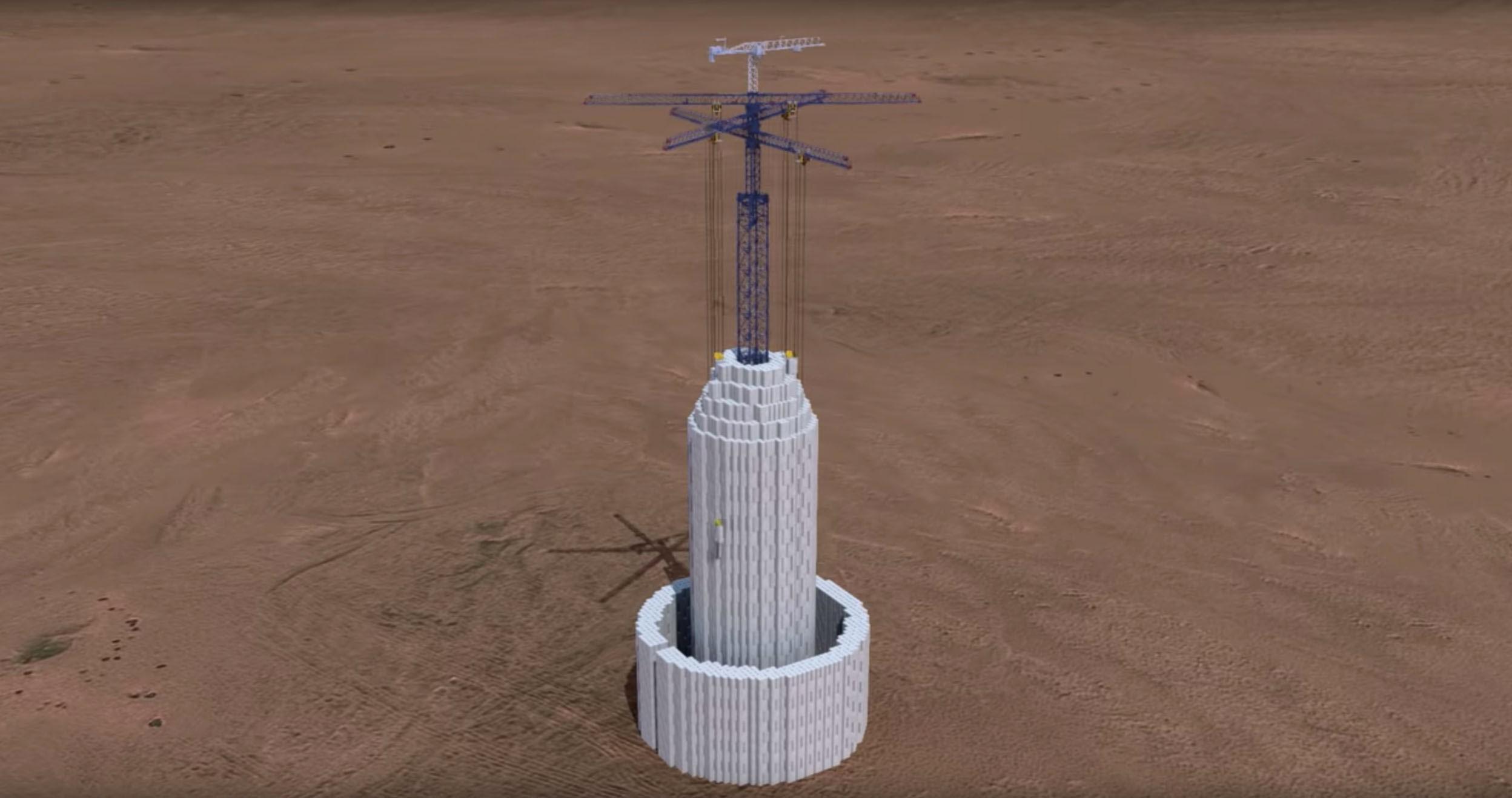
Stacking blocks of concrete with a crane to store energy and use the force of gravity to keep producing electricity when renewable sources are lacking: simple but revolutionary, the battery solution proposed by the Ticino start-up Energy Vault is attracting investors and customers from around the world.
What do we do when there is no sun or wind? Energy Vault seems to have found the answer to that oft-repeated question from nuclear power and oil-industry lobbyists and all those sceptical about or opposed to renewable energies. That question seemed to pinpoint the Achilles’ heel of new energy technologies: the varying yield of electricity from sun and wind.
Solar and wind power have a significant place in power strategies being adopted by an increasing number of countries seeking to reduce dependence on fossil fuels, which generate emissions of C02 and other polluting gases, or to quit nuclear power with its high risks. There remains the problem of storing the electricity generated from renewable sources, which is plentiful at some times of the day and all but unavailable at others.
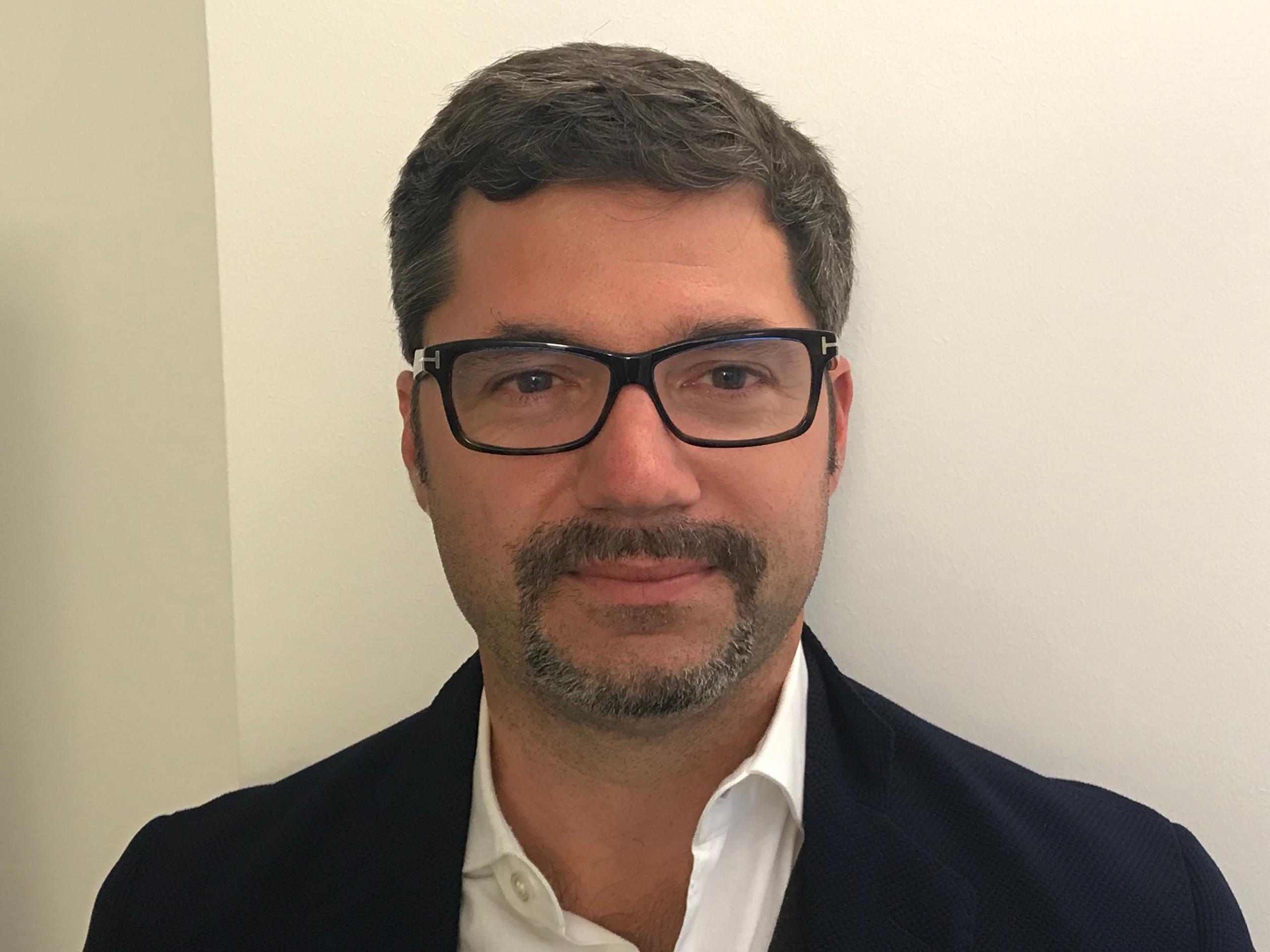
“Two years ago we decided to seek a solution to this particular problem”, says Robert Piconi, CEO of Energy Vault. “We did not want to invest in the technologies that are being developed at the moment with a view to building big electric batteries. These batteries tend to use chemical substances like lithium which have a harmful effect on the environment. Besides, they get less efficient by the year.”
Bricks instead of water
The solution proposed by the Ticino start-up is an electricity storage battery consisting of blocks of concrete that weigh 35 tonnes each and a six-arm crane with a novel design. These “bricks” are stacked one on top of the other in the shape of a tower, like pieces of Lego, to store up power when there is surplus production of electricity from wind turbines and solar panels.
Then they are unloaded again, using the force of gravity to produce electricity, when other power sources are absent. The loading and unloading operations are controlled by a software programme which is able to adjust for any swaying of the blocks in high winds.
The battery is based on principles that have already been applied for decades at hydro power stations using a pump system which exploits the altitude difference between two reservoirs. Water is pumped into the upstream reservoir whenever there is over-production of power and costs are low. It is released downstream again when electricity is scarce and therefore costs more. Even today, 96% of electricity stored worldwide is in pump storage reservoirs.
“These stations can only be built in countries with mountain ranges, bodies of water, and considerable financial resources”, Piconi points out. “Even in those countries there is no great desire to build them now, if only for environmental reasons. Our battery, though, can be built anywhere, at a reasonable cost, and offers an efficiency rate of 80%, higher than pump storage systems.”
Customers and investors
According to Energy Vault, a 120-metre tower can store 35 MWh of electricity and supply power to two to three thousand households for eight hours. The cost is CHF 8-9 million ($8.3-9.3 million). In mid-November, the start-up applied to build a commercial prototype 60 metres high in the Ticino municipality of Arbedo-Castione, in southern Switzerland. This will enable them to refine their software and the stability of the block moving process.
If the demo turns out right, the stations should go on the market in mid-2020. Customers have been lining up already: an efficient system for storing electricity has been eagerly awaited throughout the world. More than 100 companies from five continents have expressed interest and will be visiting the station in the coming months. One of them is Tata, the major industrial group in India.
Energy Vault has deep enough pockets to respond to the likely demand. Last August, the Ticino firm received a $110 million cash injection from Vision Fund, the world’s principal source of investment in new technologies, set up by the Japanese holding company Softbank. This is the kind of financial shot in the arm that start-ups dream of, and it has come before the product has even been put on the world market.
Missing link in the power chain
Hundreds of billions of francs are likely to be invested in production of large-scale batteries in the next few years. Research has been pursuing a variety of leads: electro-chemical, electro-mechanical, thermal and hydrogen-based systems. The large-scale electricity storage industry is still in the initial phase and the solutions currently available are still not profitable or sustainable enough. In the short and medium term Energy Vault’s concrete tower could be the missing link in the chain – able to ensure constant power supply from renewable resources and show the way to an economy with low carbon emissions.
“This is a system based to a great extent on technologies that have been around for a long time: cranes, the carriers used to load containers on ships, concrete, and generators made by companies like ABB,” notes Piconi. The really innovative aspect is the software, which runs the operations automatically, factoring in the current need for electricity on the market and the atmospheric conditions. Ideally, the tower should be located near major wind or solar facilities and industrial plants that are operating through the night.
The Ticino start-up has already begun a collaboration with Cemex Group, the Mexican cement giant which has a global technology research and development centre in Switzerland. The goal of their association will be to make concrete blocks at a low cost and without using toxic materials, using earth and recycled material or waste that currently ends up in landfills.
Great expectations
The electric battery project was originally the initiative of an American, Bill Gross, whose company Idealab in California has already promoted 150 start-ups active in new technologies and the renewable energies sector. To develop his project, Gross turned to two people he knew: Ticino engineer Andrea Pedretti, who developed the technical design for the electric battery, and American business executive Robert Piconi, who, as it happened, had been living for years in canton Ticino.
Energy Vault will have to show over the coming months that it has an efficient and competitive system. Piconi, who has worked for a number of multinationals, believes his team can solve the problem of electricity storage. “There are great expectations around the world, seeing as no-one has been able to meet this challenge so far. But now we have been able to combine technologies that have proved their worth over time with low-cost materials and innovative software. For the first time, with our solution, green power can be produced, stored and brought to market at a lower price than power from fossil fuels.”

In compliance with the JTI standards
More: SWI swissinfo.ch certified by the Journalism Trust Initiative

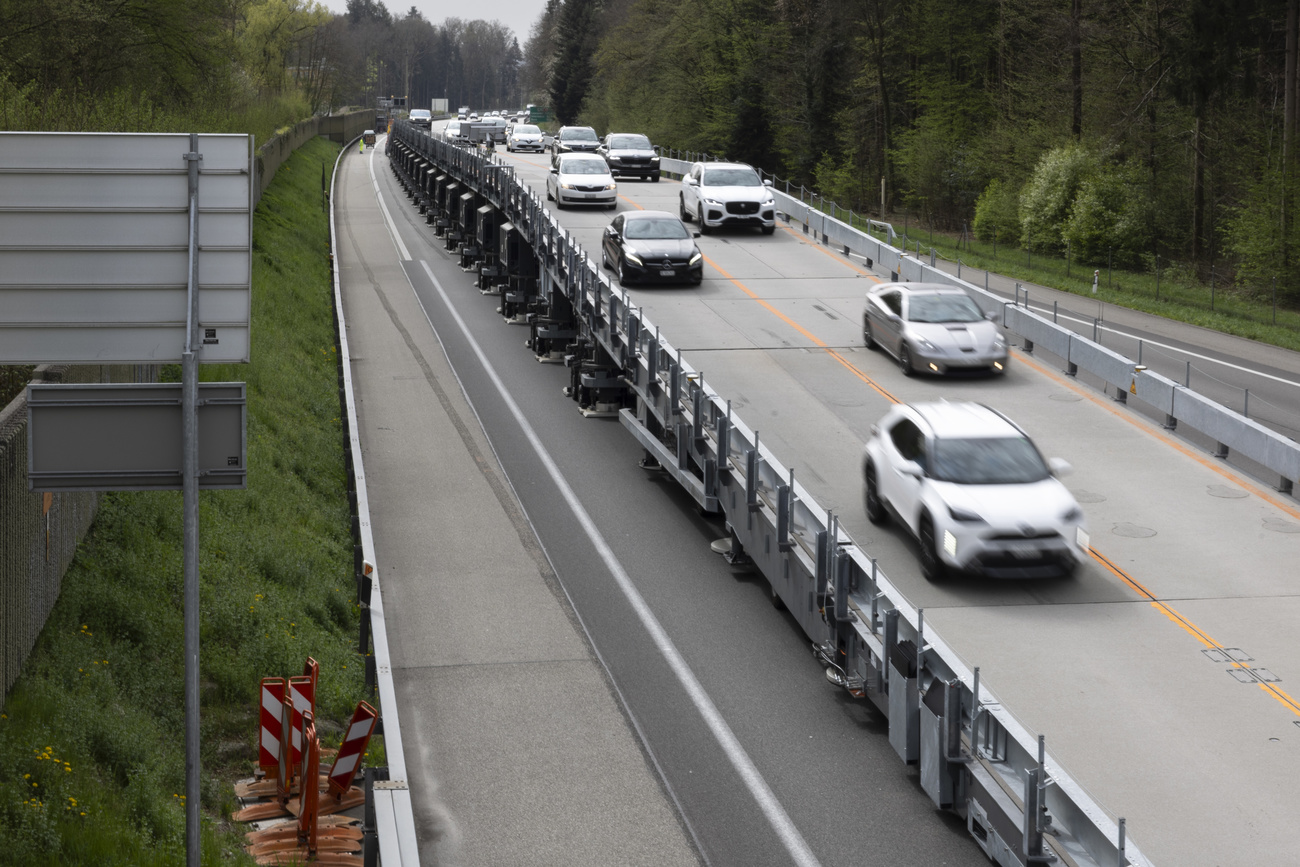






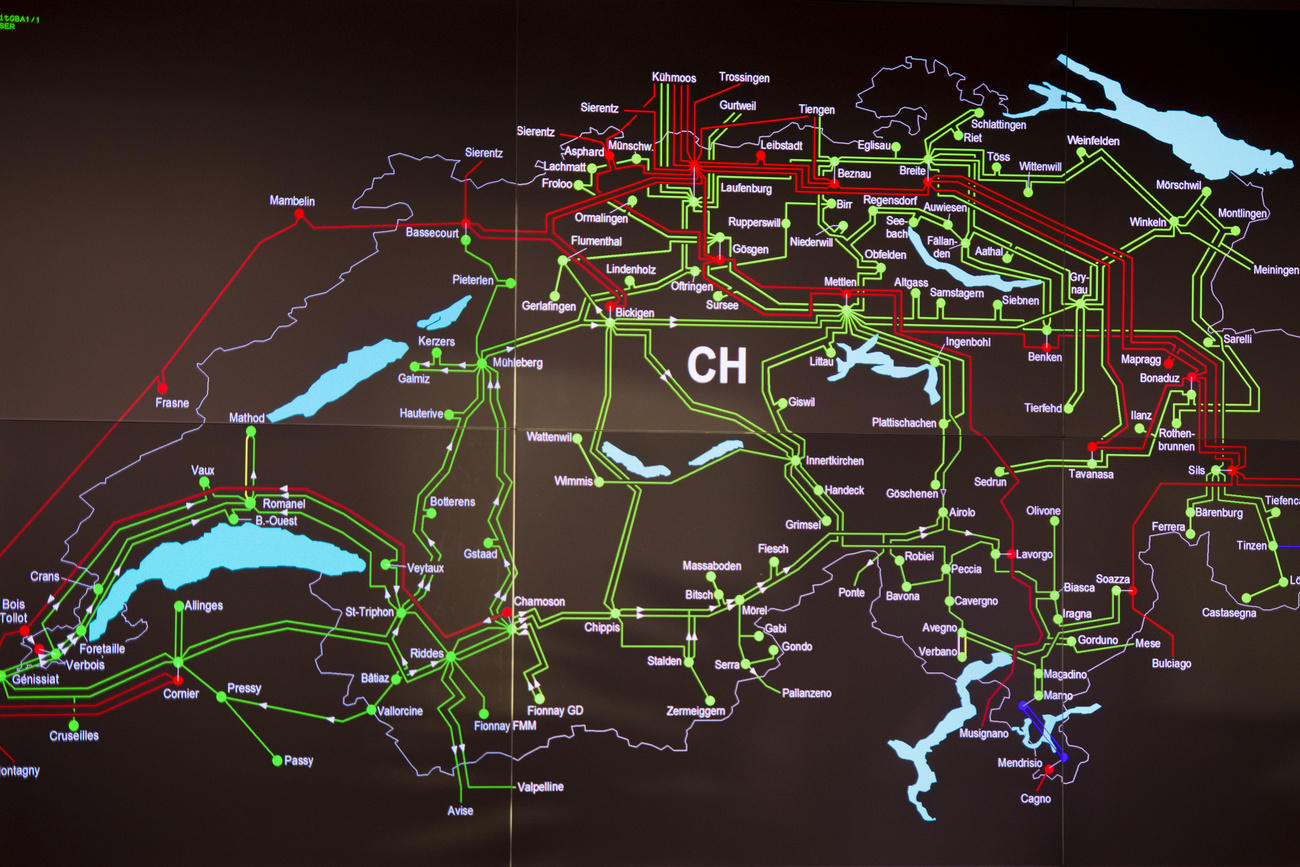
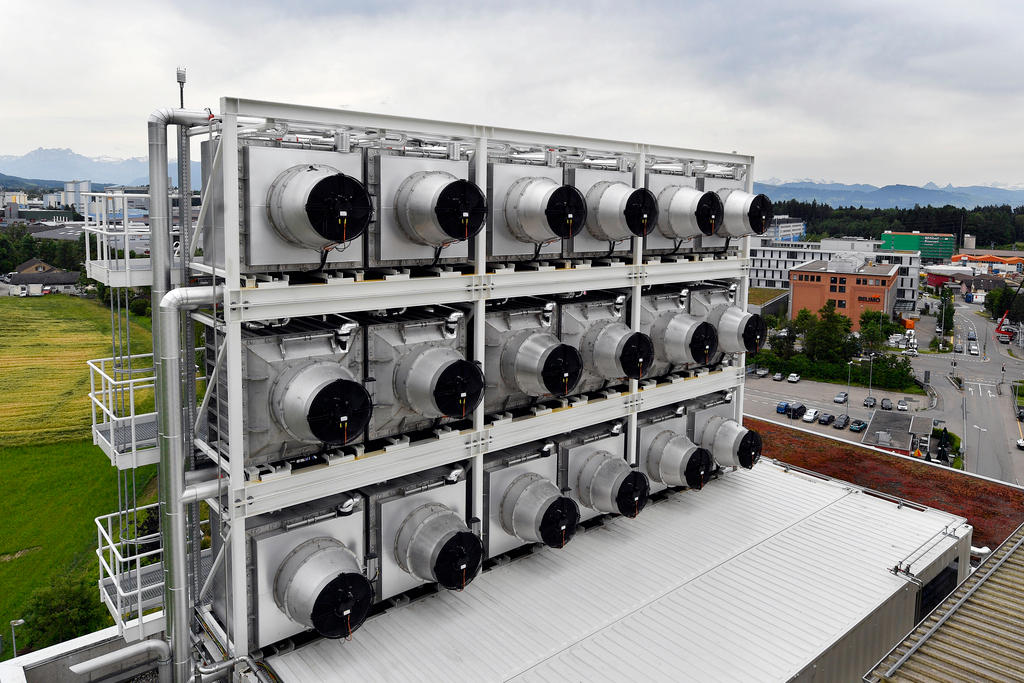
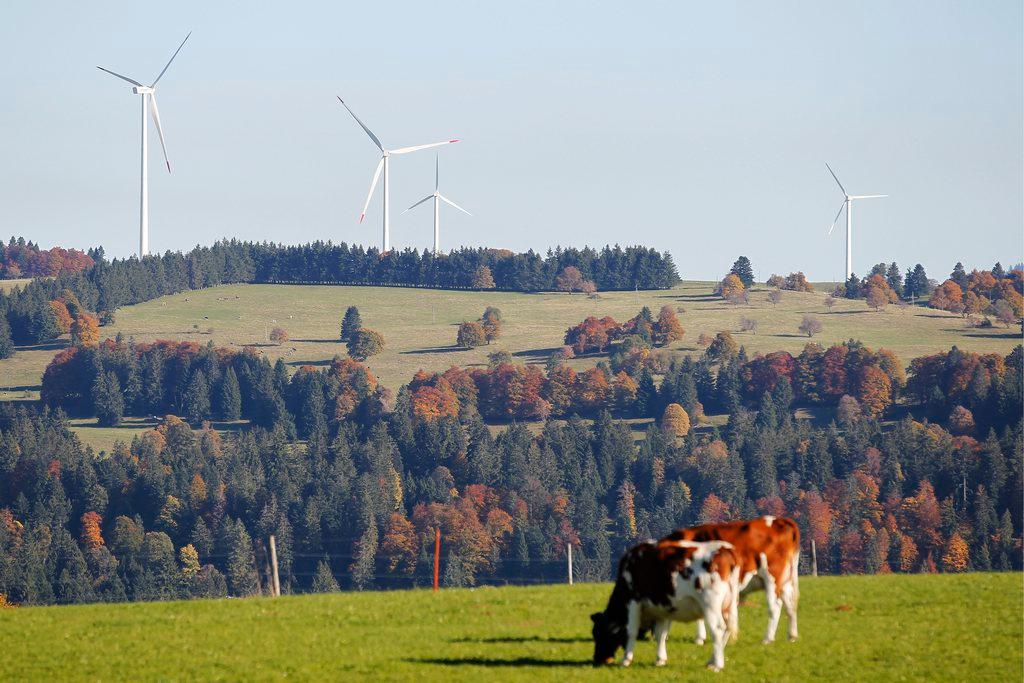

You can find an overview of ongoing debates with our journalists here . Please join us!
If you want to start a conversation about a topic raised in this article or want to report factual errors, email us at english@swissinfo.ch.